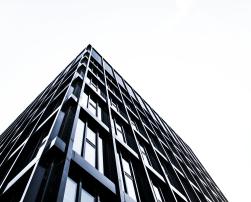
Machine learning optimises energy efficiency in green buildings
A machine learning-based model significantly enhances energy efficiency in green buildings by accurately predicting and reducing energy consumption for cooling and heating.

Innovative facade materials for heat management
Advanced building facades can reduce energy consumption through cutting-edge fabrication techniques that enhance solar and thermal heat management.
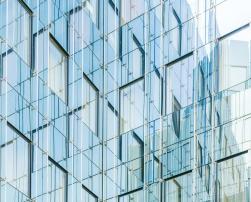
What do we need to reach a circular economy in construction? The facades case study
The paper explores how fragmented collaborations in the building industry can be unified to advance circular economy practices in facade design and servitisation, highlighting the need for ecosystem-wide engagement and the role of digital technologies.

Evaluating smart readiness of high-performance buildings in South Tyrol
Smart technologies enhance building environments and energy efficiency, with the Smart Readiness Indicator assessing their integration. This study, analysing 59 high performance buildings in South Tyrol, Italy, shows varied readiness levels but no clear link to energy performance class.
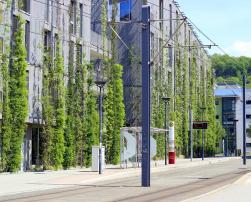
Integrating grey and green infrastructure: a model for sustainable urban growth in the Netherlands by 2050
Integrating green infrastructure with dense urban construction in the Netherlands can enhance ecosystem services and increase green areas, guiding sustainable urban planning amid growing urban populations.

Advancements in phase change materials for building envelopes: enhancing thermal regulation and energy efficiency
The paper reviews advancements in phase change materials (PCMs) for building envelopes, highlighting their benefits for thermal regulation and energy efficiency while addressing challenges and exploring hybrid technologies for improved performance.

Passive design strategies for Italy’s Mediterranean climate
This study proposes passive design strategies to enhance residential energy efficiency in Italy’s Mediterranean climate by improving building envelopes to address rising energy demands and climate change impacts.
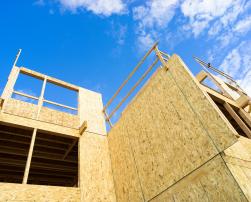
Evaluating European green building tools: DGNB leads in meeting European Green Deal criteria
The study found that DGNB is the most effective European green building tool in meeting European Green Deal criteria, with HQE and ITACA also performing well but with some limitations.

Assessing operational carbon footprint: the Adohi Hall case study
This study evaluates the operational carbon footprint of Adohi Hall, finding that cleaner energy sources and the campus's combined heat and power plant significantly reduce emissions by up to 21%.
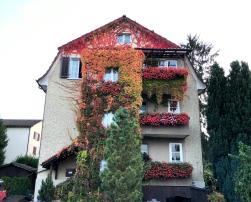
Risk mitigation strategies for building renovation investments
The study identifies key risks in building renovation investments and proposes effective strategies like due diligence and stakeholder engagement to help investors mitigate these risks and achieve successful outcomes.